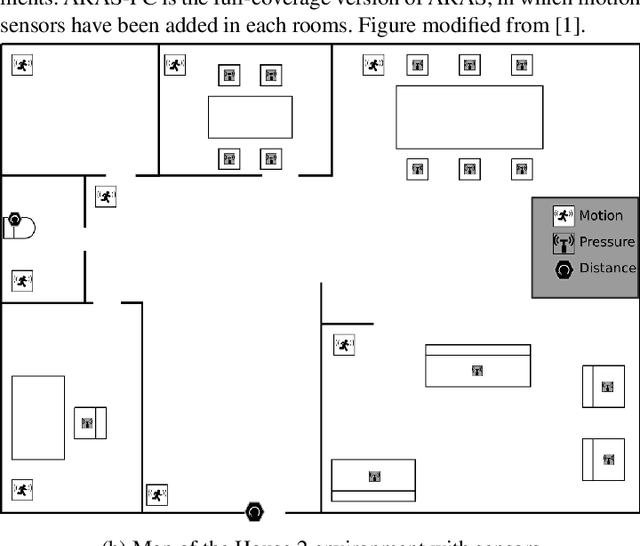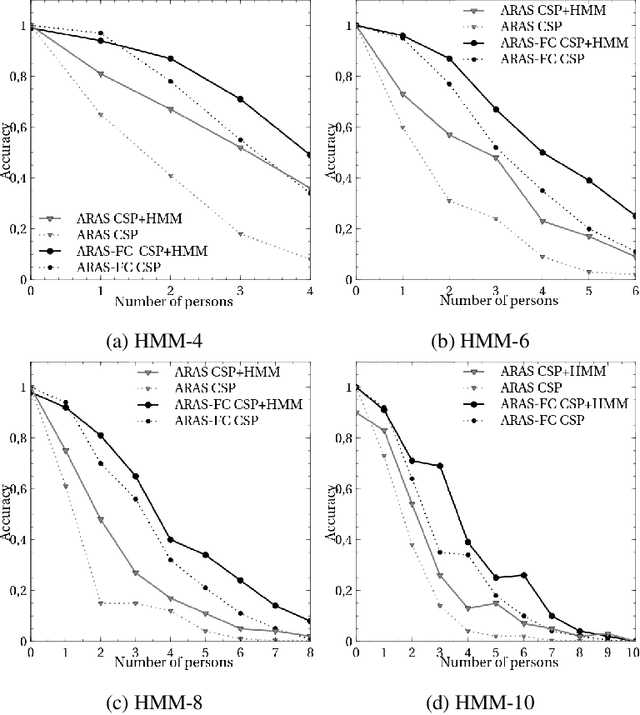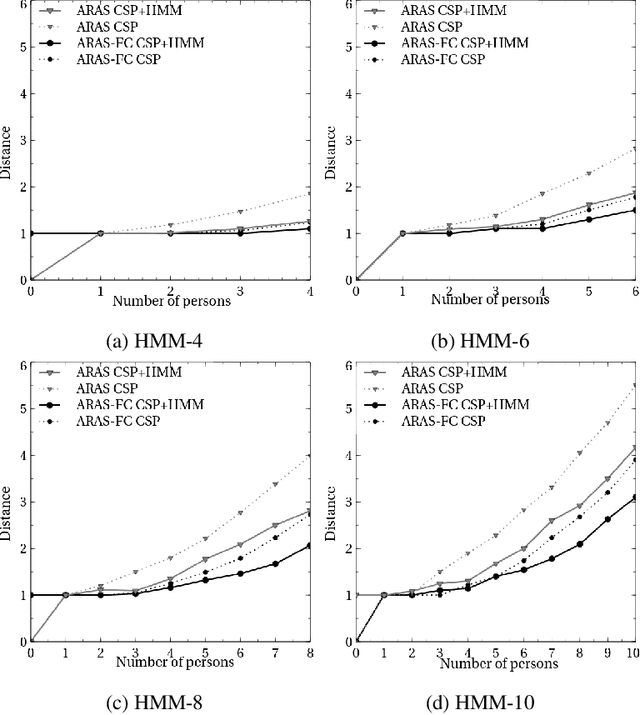Jennifer Renoux
EmoACT: a Framework to Embed Emotions into Artificial Agents Based on Affect Control Theory
Apr 16, 2025Abstract:As robots and artificial agents become increasingly integrated into daily life, enhancing their ability to interact with humans is essential. Emotions, which play a crucial role in human interactions, can improve the naturalness and transparency of human-robot interactions (HRI) when embodied in artificial agents. This study aims to employ Affect Control Theory (ACT), a psychological model of emotions deeply rooted in interaction, for the generation of synthetic emotions. A platform-agnostic framework inspired by ACT was developed and implemented in a humanoid robot to assess its impact on human perception. Results show that the frequency of emotional displays impacts how users perceive the robot. Moreover, appropriate emotional expressions seem to enhance the robot's perceived emotional and cognitive agency. The findings suggest that ACT can be successfully employed to embed synthetic emotions into robots, resulting in effective human-robot interactions, where the robot is perceived more as a social agent than merely a machine.
AI Research is not Magic, it has to be Reproducible and Responsible: Challenges in the AI field from the Perspective of its PhD Students
Aug 13, 2024Abstract:With the goal of uncovering the challenges faced by European AI students during their research endeavors, we surveyed 28 AI doctoral candidates from 13 European countries. The outcomes underscore challenges in three key areas: (1) the findability and quality of AI resources such as datasets, models, and experiments; (2) the difficulties in replicating the experiments in AI papers; (3) and the lack of trustworthiness and interdisciplinarity. From our findings, it appears that although early stage AI researchers generally tend to share their AI resources, they lack motivation or knowledge to engage more in dataset and code preparation and curation, and ethical assessments, and are not used to cooperate with well-versed experts in application domains. Furthermore, we examine existing practices in data governance and reproducibility both in computer science and in artificial intelligence. For instance, only a minority of venues actively promote reproducibility initiatives such as reproducibility evaluations. Critically, there is need for immediate adoption of responsible and reproducible AI research practices, crucial for society at large, and essential for the AI research community in particular. This paper proposes a combination of social and technical recommendations to overcome the identified challenges. Socially, we propose the general adoption of reproducibility initiatives in AI conferences and journals, as well as improved interdisciplinary collaboration, especially in data governance practices. On the technical front, we call for enhanced tools to better support versioning control of datasets and code, and a computing infrastructure that facilitates the sharing and discovery of AI resources, as well as the sharing, execution, and verification of experiments.
Online Guest Detection in a Smart Home using Pervasive Sensors and Probabilistic Reasoning
Mar 13, 2020



Abstract:Smart home environments equipped with distributed sensor networks are capable of helping people by providing services related to health, emergency detection or daily routine management. A backbone to these systems relies often on the system's ability to track and detect activities performed by the users in their home. Despite the continuous progress in the area of activity recognition in smart homes, many systems make a strong underlying assumption that the number of occupants in the home at any given moment of time is always known. Estimating the number of persons in a Smart Home at each time step remains a challenge nowadays. Indeed, unlike most (crowd) counting solution which are based on computer vision techniques, the sensors considered in a Smart Home are often very simple and do not offer individually a good overview of the situation. The data gathered needs therefore to be fused in order to infer useful information. This paper aims at addressing this challenge and presents a probabilistic approach able to estimate the number of persons in the environment at each time step. This approach works in two steps: first, an estimate of the number of persons present in the environment is done using a Constraint Satisfaction Problem solver, based on the topology of the sensor network and the sensor activation pattern at this time point. Then, a Hidden Markov Model refines this estimate by considering the uncertainty related to the sensors. Using both simulated and real data, our method has been tested and validated on two smart homes of different sizes and configuration and demonstrates the ability to accurately estimate the number of inhabitants.
 Add to Chrome
Add to Chrome Add to Firefox
Add to Firefox Add to Edge
Add to Edge